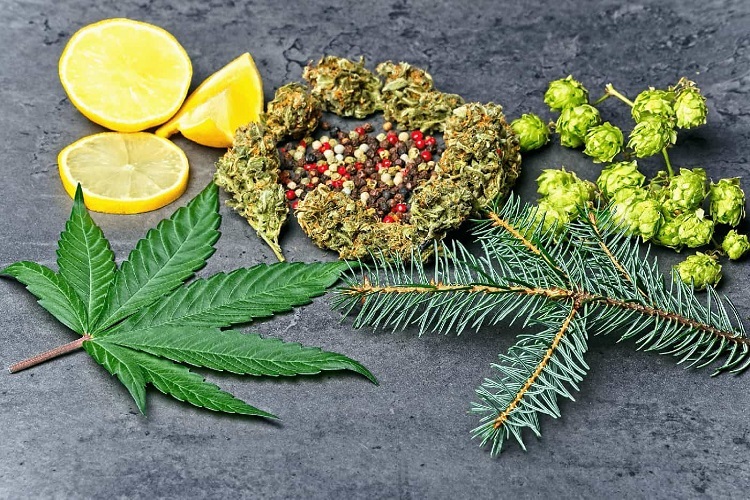Have you ever used medical cannabis? If not, do you know someone who has? Medical cannabis products come in a number of form factors ranging from vaping liquids to tinctures and oils. They contain both cannabinoids and terpenes. You are probably familiar with cannabinoids to some extent, but terpenes may be another matter.
It turns out that terpenes are a big deal to the medical cannabis industry. Growers, processors, and dispensaries all care about them a great deal. They are so important that there is an entire science springing up around understanding how to extract and utilize them. Medical experts want to know how terpenes interact with cannabinoids to provide health benefits.
Table of Contents
1. What Are Terpenes?
Terpenes are naturally produced compounds classified scientifically as hydrocarbons. They exist in nearly every form of plant life. Currently, some 30,000 have been recognized by scientists. They are distinguished by the number of carbons they contain.
On a less scientific note, terpenes are what give plant life its unique odors. Some of the most powerful terpenes are found in conifers. They are also found in cannabis plants, which is what gives burning hemp and marijuana their distinctive smell.
The medical cannabis industry is excited about terpenes because they differ from one plant to the next. Cannabis plants, which include hemp and marijuana, offer multiple terpenes just waiting to be extracted. Getting to them is a matter of extracting a plant’s essential oil and then separating the terpenes from it.
2. What Is Their Value to Medical Cannabis?
When medical cannabis first became a thing back in the 1990s, terpenes were largely viewed as useful only in determining the taste and odor of a given product. Processors would experiment with different terpene profiles to create products that tasted one way or another. The industry has learned a lot more since then.
Limited research seems to suggest that combining certain terpenes with certain cannabinoids can result in unique medical benefits. For example, a CBD product with a particular terpene profile might help some patients relax. A THC-based product could help alleviate PTSD stress more effectively if it contained a particular terpene profile.
It should be noted that the health benefits of terpene combinations have not been proved conclusively. Terpenes are still a matter of intense study within the medical cannabis industry. But the more scientists learn, the more they are convinced that terpenes do more than just give plants their odors.
3. How Are Terpenes Extracted?
The big challenge for the medical cannabis industry is extracting terpenes without damaging them or reducing their quality. Cedarstone Industry, a Houston company that manufactures extraction equipment, says that steam and ethanol extraction are the two most commonly used methods.
Steam extraction releases essential oil from plant material via heat. The oil and steam are then distilled to separate components further. Though the process works, heating cannabis biomass can reduce terpene potency. In simple terms, warm terpenes are not happy terpenes.
Ethanol extraction is seen as a better method for preserving terpene quality. Plant material is soaked in an ethanol-based liquid. The ethanol acts as a solvent to break down plant material and release its oils. The resulting solution is strained before the oil is separated from the rest of the liquid.
Regardless of extraction method, terpenes are increasingly more important to the medical cannabis industry. Growers, processors, and dispensaries are looking at terpenes as a way to create more specialized medical products with more specific uses — similar to how other pharmaceutical products are manufactured. Terpenes could actually become the next big thing in medical cannabis.




